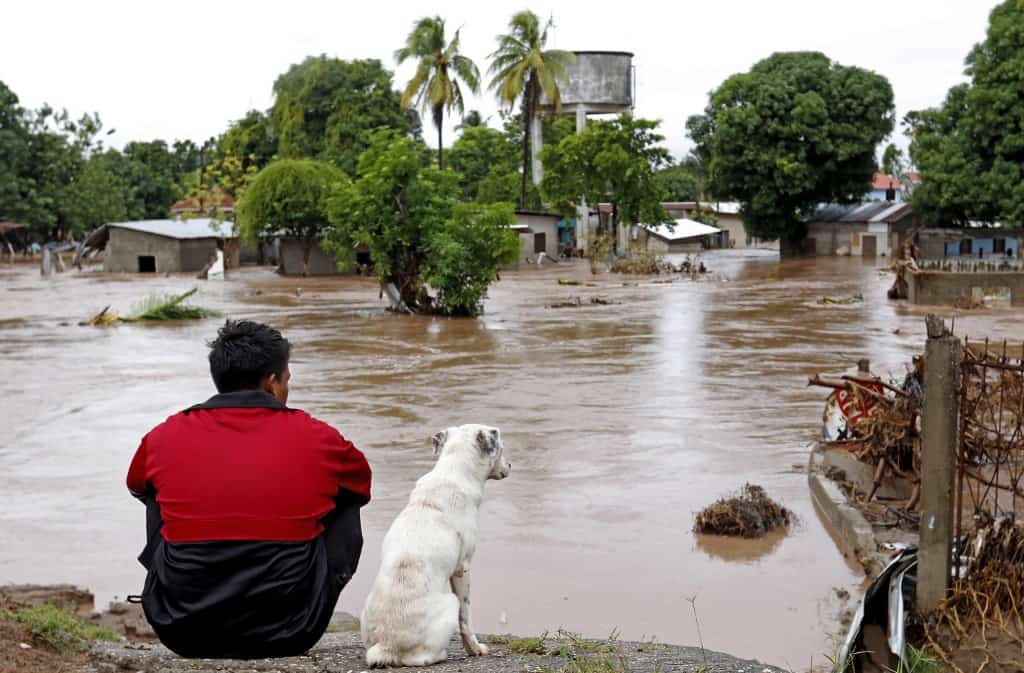Rescue workers dug through mounds of thick mud Thursday in the grim search for bodies as Central American countries began to count the cost of Hurricane Iota, which left at least 44 people dead amid a wave of destruction.
Initial estimates by the United Nations Children’s Fund, UNICEF, put the number of people affected by the hurricane at 4.6 million across the impoverished region, including 1.8 million children.
Among the worst-hit areas was the Penas de Blanca mountains in the Matagalpa department of northern Nicaragua, where rescue workers dug desperately through mudfalls in the search for more victims on Thursday.
A landslide on Tuesday claimed the lives of nine people, six of them children, but more are missing.
“Coming here and finding my daughter dead… she was my only child, I asked God for a girl and look how it’s ended,” said a distraught Orlando Navarrete, father of one of the children.
Iota made landfall in northwestern Nicaragua on Monday as a giant Category 5 hurricane — the year’s biggest Atlantic storm — and left behind “catastrophic” damage, the government in Managua said.
It said 250 municipal brigades had been dispatched to collect fallen trees and debris from the hurricane.
The giant storm, which gradually eased as it moved inland, devastated much of the area spared by Hurricane Eta a couple of weeks ago.
The US National Hurricane Center warned that saturated soils from torrential rainfall and flooding could exacerbate the risk of potentially catastrophic mudslides across portions of Honduras, Nicaragua and Guatemala.
In Honduras, where at least 14 people died in landslides in the western department of Lempira, civil protection authorities said they were looking for more bodies on Thursday.
Much of the country’s industrial heartland in the northern Sula Valley was underwater, as it was two weeks ago after Hurricane Eta. Water that had covered houses around the San Pedro Sula airport had begun to subside, however.
The entire area had been turned into an immense lagoon after torrential rains caused the mighty Ulua and Chamelecon rivers to overflow.
Guatemala’s President Alejandro Giammattei held an emergency cabinet meeting to assess the situation in the country, where bridges and roads were destroyed and homes swept away by floodwaters.
Two people were killed, and five more were missing, authorities said. More than 4,000 people had been taken to shelters.
Central American governments called this week for international assistance to deal with the devastation left behind by the hurricanes.
The European Union said it would allocate over $10 million in emergency funds to Nicaragua.
The US Agency for International Cooperation said it would donate $17 million in support.
UNICEF made an urgent appeal for more than $42 million to cover the humanitarian needs of the region.
The Atlantic has seen a record storm season this year with 30 named storms and 13 hurricanes. Warmer seas caused by climate change are making hurricanes stronger for longer after landfall, scientists say.






